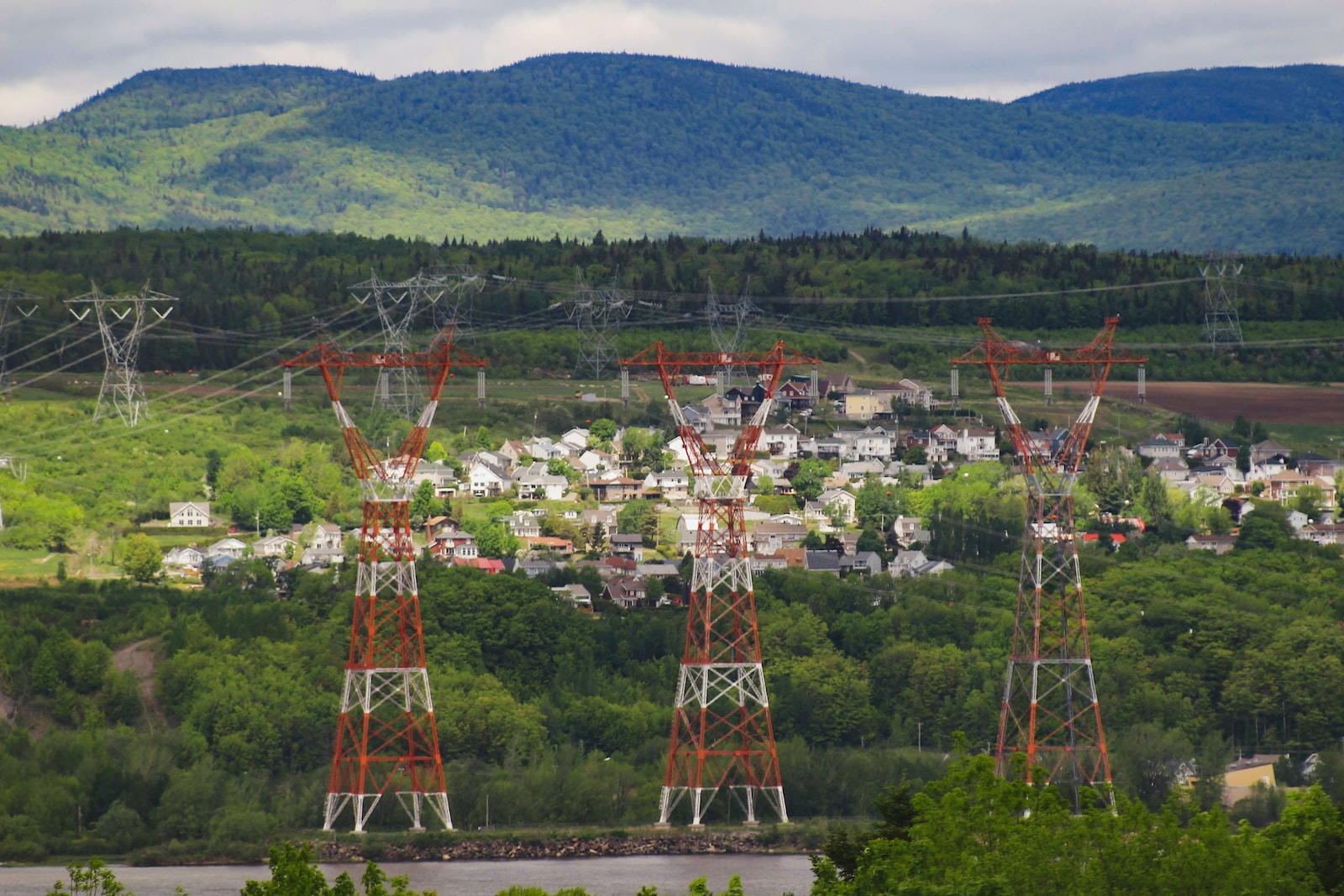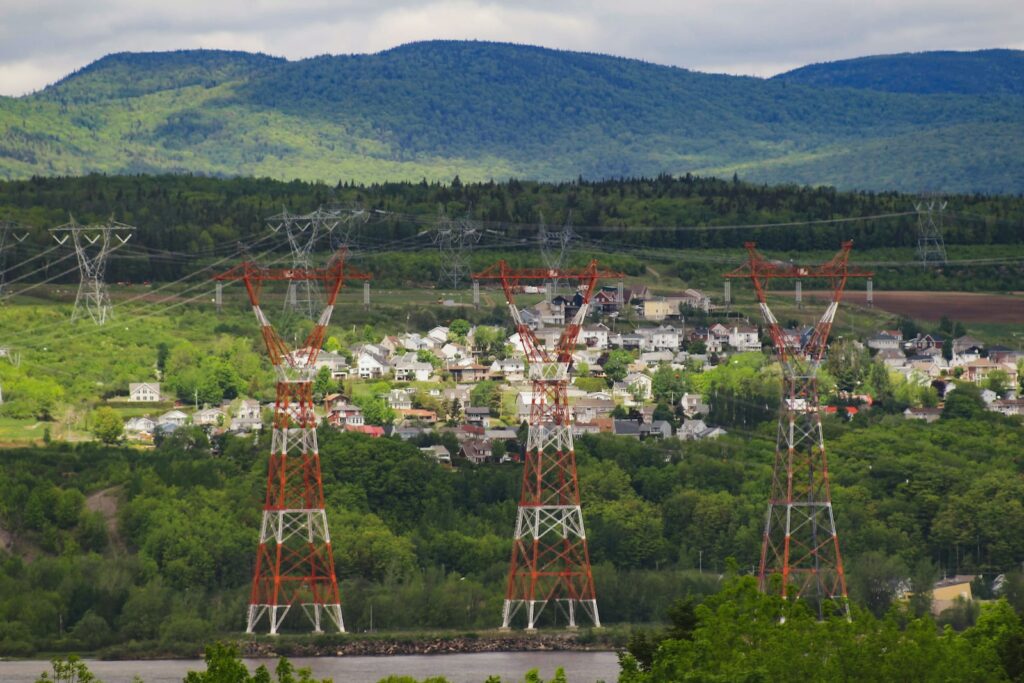
Depreciation, Reliability Theory and Yogi Berra
By
Branko Terzic
America’s future electric grid is expected to provide greater grid reliability and superior service at reasonable cost. This will come from the introduction of a “smarter” grid, “smart” metering, improved transmission efficiency, grid scale storage, and a variety of other new technologies (AI recently added to the list.)
Some of the anticipated technological improvements have one common characteristic. They require the removal of existing technologically obsolete plant and equipment. One problem is that sometimes this retirement occurs in advance of the original depreciation life estimate.
In regulatory rate-making, equipment reaching the end of its economic life should be fully depreciated and retired. A problem for companies and regulators today is that, too frequently, existing depreciation rates are based on service lives that are out-of-date and a relic of the lives estimated for older technologies. Thus, actual retirements of equipment of obsolete technologies may take place before the asset is fully depreciated on the accounting ledger.
The correct regulatory response is to keep depreciation rates current to reflect the most recent estimates of future service life of assets. For example, if a new technology is expected to be installed in three years then regulatory depreciation practice requires that the unrecovered capital investment in existing assets be recovered over the “remaining life” of the asset, in this case three years.
However, in my experience, increasing depreciation rates is difficult for regulators. Depreciation expense is an element of the revenue requirement and higher depreciation expenses, all other things being equal, leads to higher consumer rates. Thus, increasing depreciation expenses, by decreasing service life estimates, is particularly difficult for regulators to approve during periods of other rising costs when every other element of the revenue requirement is also facing upward pressure.
It is also difficult to estimate economic lives of new and existing technologies when fewer and fewer utility and regulatory staff have trained depreciation experts on-board to monitor technology shifts and alert regulators and management to required changes. Technology change will, of course, be a major driver of changing asset lives for electric transmission and distribution system components. This is true as existing equipment, based on mechanical and analog technologies, is replaced with digital and electronic equipment much more susceptible to rapid technological changes. In addition, with consultants such as McKinsey advising that the electric grid will need to triple in size to meet the electrification of transportation by 2050, inadequate capacity will also be a factor in early retirements.
Depreciation estimation can also benefit from the application of “reliability theory”. Igor Bazovsky’s classic text “Reliability Theory and Practice” (Dover 2004, first published in 1961) defines reliability theory, in the engineering sense, as the application of sound design and scheduled maintenance to predict and eliminate component failures. Reliability theory uses the mathematics of probability theory and statistics which it shares with depreciation analysis of the data of past equipment installations and retirements. Reliability theory and depreciation analysis also share common ground in that they both deal with the estimations of the “useful life’ of equipment and equipment components.
Bazovsky describes the Golden Rule of Reliability as:
“Replace components as they fail within the useful life of the components, and replace each component preventatively, even if it has not failed, not later than when it has reached its useful life.”
Obviously Bazovsky is not calling for the full scale pre-mature dismantling of electric transmission lines and distribution systems. He is however reminding us that equipment does have a “useful life” that is likely much shorter than the ultimate physical life of the last in-service example of such equipment..
This is the case where there are many units whether meters, transformers, switches or other items prevalent in a complex system. One problem is that all too frequently regulators setting depreciation rates rely too much on historic studies of the experienced physical life of assets rather than the more appropriate projections of remaining life. This is especially true when technological change is the driving factor.
The reason for this relates to the remark attributed to Yogi Berra that “it’s tough to make predictions, especially about the future.” Obviously it has been easier for regulators to look at statistics based on analysis of past data on equipment retirements than to try to understand economic and technological forces leading to expected future obsolescence of new equipment. But depreciation rates, if they are to comply with the principle of matching (the user of the service should pay for the service) must be based on depreciation rates where the expected future service life of any utility asset is going to be matched to the time period of consumers’ usage.
Yes, regulators and managements also face Yogi’s difficulty of perfect prediction. However, in the case of moving our nation ahead with the best technology available, it is necessary to make the best prediction commensurate with engineering judgement because more is vitally at stake than the outcome of a ballgame.
The Honorable Branko Terzic is a former Commissioner on the U.S. Federal Energy Regulatory Commission and State of Wisconsin Public Service Commission, in addition to energy industry experience was a US Army Reserve Foreign Area Officer ( FAO) for Eastern Europe (1979-1990). He hold a BS Engineering and honorary Doctor of Sciences in Engineering (h.c.) both from the University of Wisconsin- Milwaukee.
#BrankoTerzic #energy #regulations #experience #research #future #opportunity #strategy #management #people #electricity #power #utilities #future #renewables #RenewableEnergy #energysector #oilandgas #powergeneration #energyindustry #oilandgasindustry #sustainability #legislation

